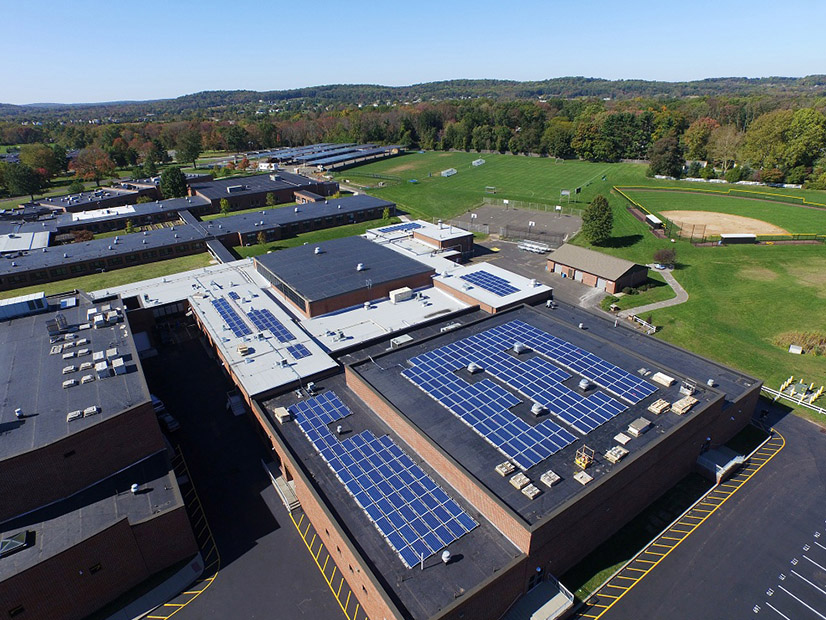Stakeholders strongly endorsed PJM’s plan for transitioning into a new interconnection process at last week’s Planning Committee meeting.
The proposal, developed in the Interconnection Process Reform Task Force, received 218 votes in support (91%), with 22 members voting against it. It now goes to the Markets and Reliability Committee meeting for endorsement.
Jack Thomas of PJM’s Knowledge Management Center said the proposal would establish an expedited interconnection process with “fast lane criteria” for projects with any cost allocations for transmission upgrades of $5 million or less, amounting to about 450 impacted projects with a completion date of 18 months. The $5 million cutoff covers the bulk of substation and terminal equipment upgrades and, as a result, shorten durations for facilities to study the work needed to be done.
While PJM processes these projects, along with the remaining projects that have been “re-queued,” no new project applications would be accepted for two years.
Ken Seiler, PJM’s vice president of system planning, thanked stakeholders and PJM staff for the work done in the effort, calling it a “long journey.” Seiler said members were able to come together and find “collective solutions” to improve the interconnection process.
“We’ve worked very hard to hear everybody’s concerns and examine any number of ways to improve the process,” Seiler said. “And I think this is really going to help us long-term to prepare us for the grid of the future.”
He also said PJM recognizes that the proposal doesn’t satisfy all stakeholders, but it will help the RTO better interconnect generation resources in the queue. He called it PJM’s “best faith proposal” to deal with the growing backlog in the queue.
There is currently more than 220 GW of capacity in the queue, Seiler said, 95% of which are made up of renewable resources.
At the same time that the interconnection queue continues to grow, Seiler said PJM is facing staffing concerns to be able to handle the interconnection requests. The RTO has continued to hire staff over the last two years and plans to add more through 2023.
PJM staff have also taken a “hard look” at its capital budget for tools and automation efforts to increase efficiencies, Seiler said, increasing money set aside.
“I think we are going to find a better, faster, more efficient way to get these new projects integrated into the system and enable our states to meet their renewable portfolio goals,” Seiler said.
Seiler said he wanted to emphasize that PJM is “not closing the door” on new projects entering the interconnection queue and that the RTO has heard stakeholder concerns that the queue will be closed with the transition proposal.
“We’re prioritizing more than 1,200 projects that we have in our backlog; most of them are renewables, and they represent well over 100,000 MW of nameplate capacity,” Seiler said. “That’s half the capacity we have in our system today, and we’re focused on moving these through the system and streamlining the process as much as possible, and getting real projects interconnected to the queue.”
Stakeholders originally endorsed an issue charge for work to be completed on the interconnection issue at the April PC meeting, with task force meetings starting later that month. (See “Interconnection Process Reform Endorsed,” PJM PC/TEAC Briefs: April 6, 2021.) Thomas said that while PJM and stakeholders were working through the issues in the task force, they realized a transition process also needed to be discussed.
The proposal would also preserve the ability for backlogged projects that would have received an interconnection service agreement under the existing process if not for delays to remain in the queue, Thomas said, and it would also reduce the time that the queue is closed for the transition.
If the proposal is endorsed by the MRC and MC in April, PJM expects to file the necessary changes with FERC by May. Based on the current work plan, the effective date of the transition would be the last quarter of 2022 or the first quarter of 2023.


